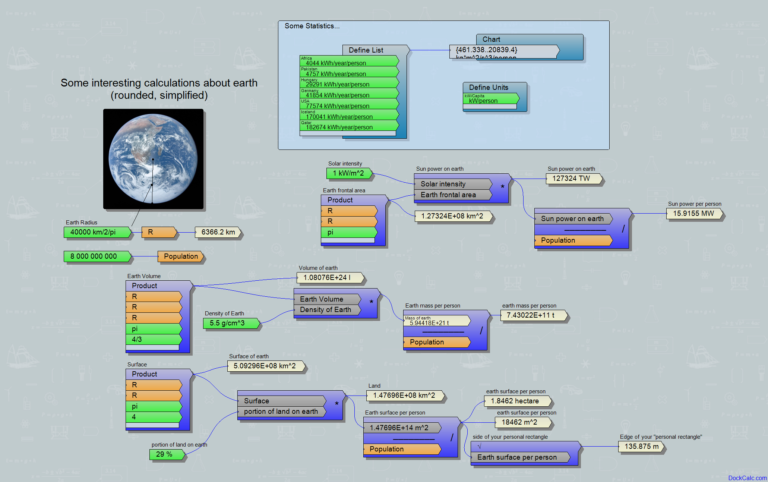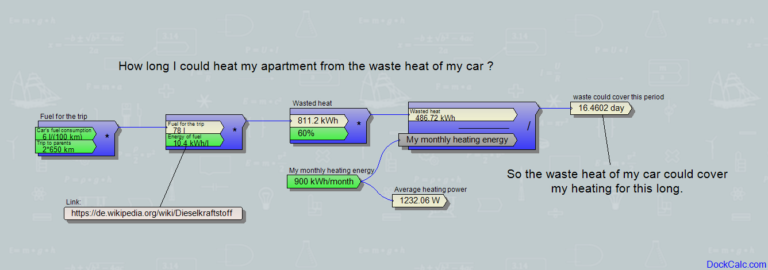Will the German power grid collapse if everyone drives electric cars?
Electric cars – albeit more slowly than initially advocated by politicians – are slowly catching on in Germany. Although only a small percentage of the country’s car fleet is purely electric, more than a fifth of new cars registered in 2022 already have a purely electric powertrain. Many people are happy about this, since at least cars don’t smell locally, but many have legitimate concerns about raw materials, automotive jobs, environmental impact and electricity consumption. Whether Germany’s power grid will be able to accommodate the now rapidly expanding electric (and plug-in hybrid) car fleet is a matter of much debate.
In order to have at least a rough idea and not be determined by the opinions of publicists and politicians, it is enough to compare some publicly available data. These data are:
1: How many cars are there nationwide? Answer: The German car fleet consists of around 48 million cars. That’s all that – at the moment only in theory – should be replaced by electric cars.
2: How much does an average car drive per year? Statistically, that’s 13,700 km/year.
3: How much does an electric car consume on a certain section of the route? Incidentally, the statistics from the ADAC (German Automobile Club) help here, broken down by type, very informative – and what is even more interesting – including charging losses: https://www.adac.de/rund-ums-fahrzeug/elektromobilitaet/tests/stromverbrauch- elektroautos-adac-body/ .
Based on this data I have assumed the average to be 18 kWh/(100km). This is not official data, but my personal assessment based on the article.
4: How much electricity does Germany currently use? This is necessary in order to be able to compare the data calculated for electric cars. German electricity production is around 550 TWh per year (terawatt hour = 1,000,000,000,000 watt hours). That’s a quantity we, as average people, have nowhere to place, but if we use the DockCalc software we can convert it into slightly more tangible dimensions, for example by dividing by the number of the population, to get a per capita ratio: Result: ~550 kWh/month/person, i.e. ~6600 kWh/year/person (this can already be compared with our electricity bill).
One of the main reasons I developed (and love to use) the DockCalc software is that it makes it very easy to work with non-intuitive units of measurement to get tangible results.
Now if I take the quantities above, multiply what is in points 1, 2 and 3 and then compare to point 4, then I can form an opinion.
Let’s see: 48,000,000 * 18 kWh/(100 km) * 13,700 km/year = 119.7 TWh/year
German power generation is around 550 TWh/year.
The two quantities have been brought to the same unit of measure so that they can be compared. If all cars in Germany were to be powered by electricity, the country’s power consumption would increase by around 20%.
Let’s look at the DockCalc calculation:
Is that 20% good news or bad news? Part-Part: This energy is by no means negligible, but it is not so great that the task immediately seems impossible. A few years ago, national consumption even exceeded 600 TWh/year.
This small calculation only dealt with the total amount of energy, neglecting its price, distribution over time, source and environmental impact.
For those who have interest, I suggest two things:
1: Check out the details, variability and composition of German energy production on the following link as it is very insightful: https://www.energy-charts.info/charts/power/chart.htm?c=DE&year= 2023&week=01
2: Download DockCalc and do all sorts of calculations with your own data and statistics and have fun. I hope that the first successes will make you want to calculate more and if you even share them with others, I will also see that my work invested in DockCalc was not useless 😊.







